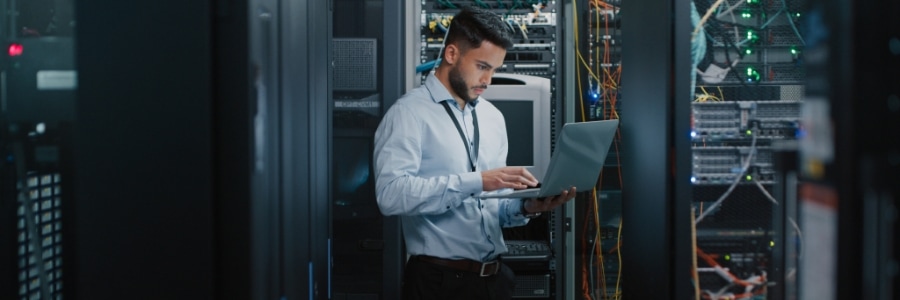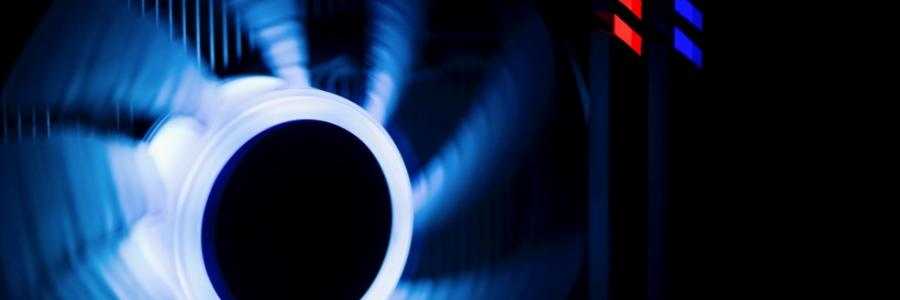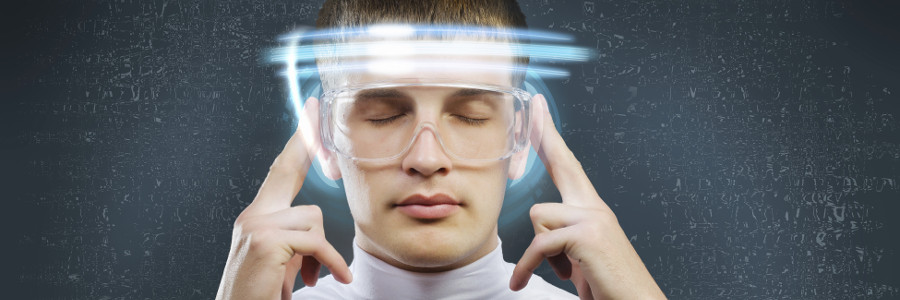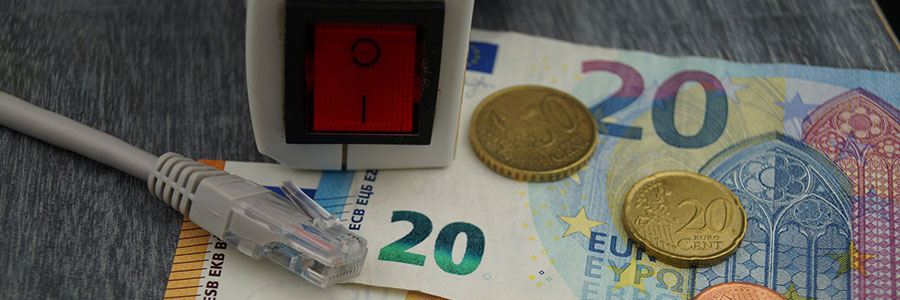When it comes to managing servers and computers, heat can be a major concern. This is especially true for systems that run resource-intensive applications or operate in warm environments. To avoid these issues, it's important to implement proper cooling strategies.
Practical advice for cooling servers and computers
7 PC energy-saving tips
Save on electricity with these PC tips

When it comes to saving energy, every little effort goes a long way. The more energy-efficient your PC is, the more money you save. In fact, you can save up to $50 a year if you activate your PC’s power-saving feature. Further increase your savings by following these tips:
1. Unplug your computer when not in use
When you’re not using your computer, it’s best to shut it down and unplug it.
Reduce your PC power consumption
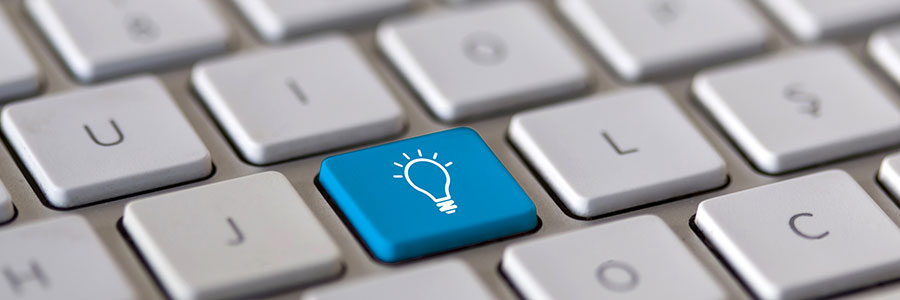
There’s a computer in almost every home and office nowadays. A typical desktop that’s switched on 24/7 for a whole year releases carbon dioxide equivalent to what an average car releases in an 820-mile drive. To save energy, you don’t need to make drastic changes; you can start by making small adjustments that will ultimately lead to significant savings.
Four questions to answer before virtualizing
Should you get an SSD for your Mac?

Solid state drives (SSDs) are now standard issue across Mac computers. But if you have an older Mac, you can easily upgrade it with an SSD and benefit from the many performance advantages of this type of storage device.
They’re faster
SSDs have the clear advantage over HDDs in terms of data access speed.
Want to save energy with your PC? Here’s how.
A guide to choosing small business computers
January Is National Clean Up Your Computer Month
(Something You’ll RUSH To Do Once You Read This Survey That Reveals Just How Dirty Your Keyboard Is!) Since there’s a holiday or month for just about every cause imaginable, it should come as no surprise that cleaning your PC now has its own official month, awarded by none other than “The Vinegar Institute.” But before you dismiss this one, consider this little factoid: ABC news reported that a study in England revealed that the average office keyboard had bacteria and germ levels up to five times higher than those commonly found on a toilet seat. The study, headed up by Dr. James Francis, a British microbiologist, took culture samples from 33 office keyboards in London, and compared these samples to swabs taken from toilet seats in the same office buildings, containing nasty germs such as e-coli and staph bacteria. Kinda gives new meaning to the term, “computer virus!” So how do you not only disinfect your keyboard but also get those annoying smudges and fingerprints off your monitor? Here are a few tips: Turn off the monitor. It’s not required, but it makes smudges and smears easier to see. Use a compressed air to get rid of light dust buildup in your keyboard and screen. Never use a dish rag or paper towel to clean your monitor since they can scratch the screen; and you never want to use water on your keyboard! Don’t use products with ethyl alcohol or ammonia based products to clean your monitor. Products like Windex can yellow flat-screen or laptop monitors. Instead, use a cleaning product designed for monitors and use a lint-free cloth designed for the job. Note: Each monitor manufacturer has its own special instructions for cleaning so make sure you read what those are before attempting to clean up anything. Lightly moisten your cloth with rubbing alcohol or cleaning solution to wipe off your mouse or keyboard areas. Never apply the liquid directly to the screen, keyboard or other electronic parts. A Q-tip dipped in alcohol will quickly clean your keyboard. Just make sure you don’t drip the liquid down between the keys. Free Gift: Refer a potential new client to us during the month of January and get a FREE computer cleaning kit!

